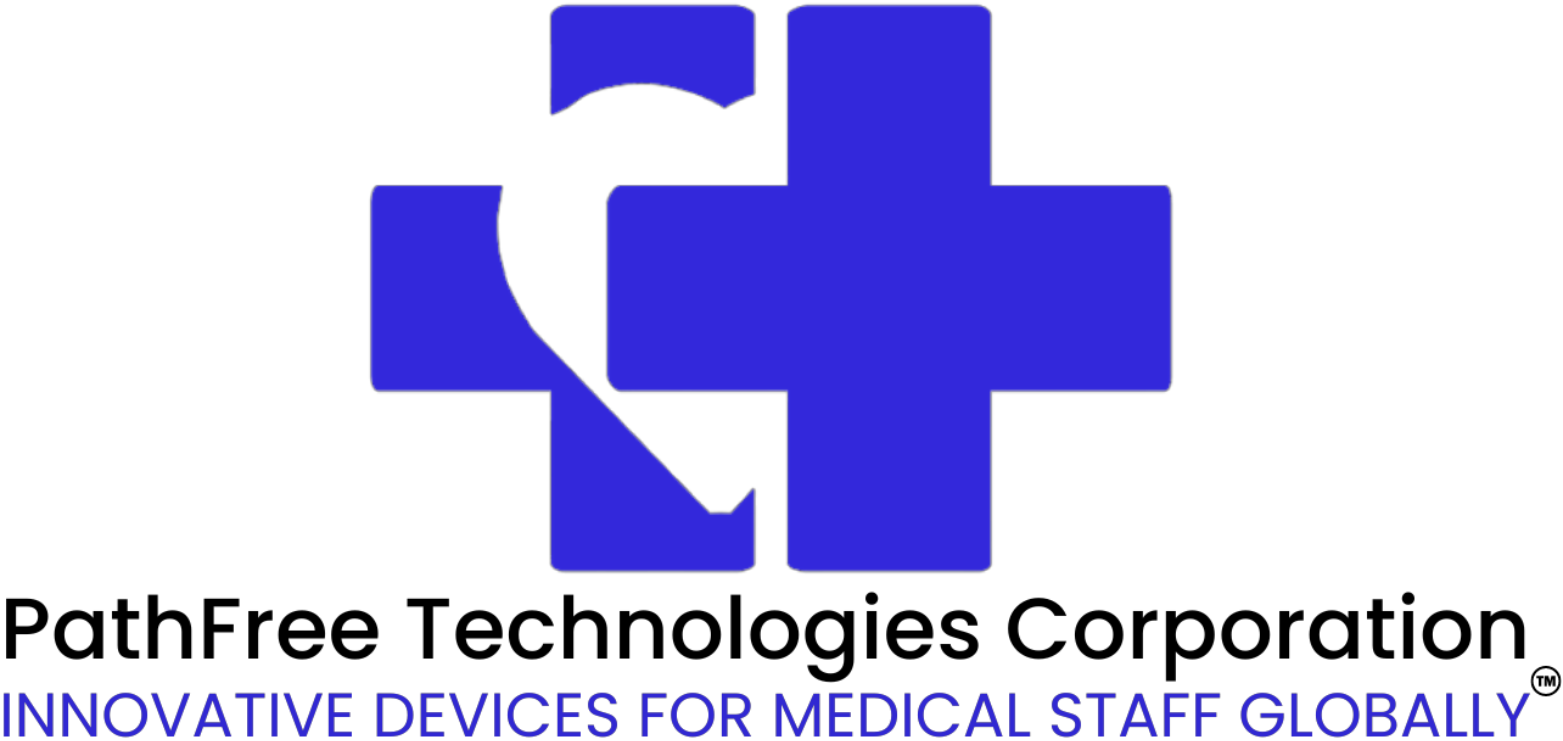Author: admin
-
PathFree Technologies Corporation July Newsletter
Learn more about AiCart The PathFree AiCart is a game-changing medical device that embraces the immense potential of AI technology. By seamlessly integrating AI features into emergency response procedures, it aims to enhance the effectiveness and efficiency of CPR and ACLS techniques. As the demand for AI solutions continues to grow, the AiCart stands ready to lead the way…
-

-

-

